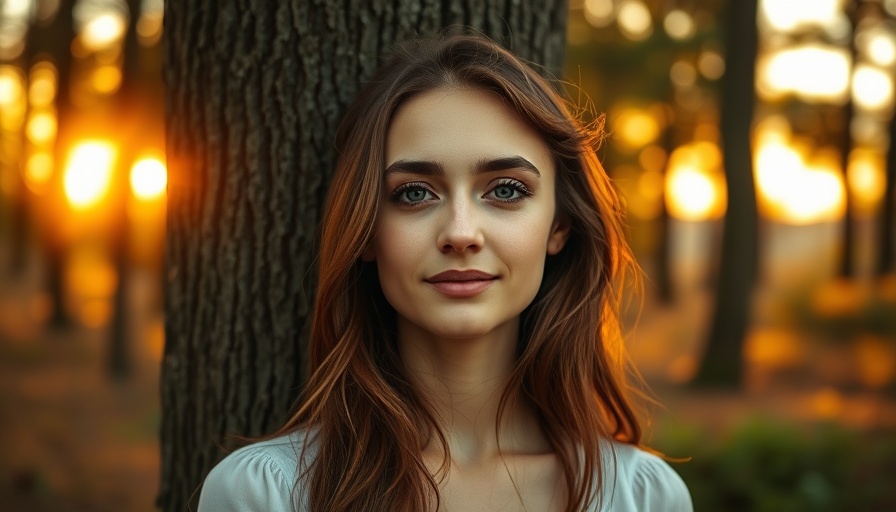
The Rise of AI-Generated Characters: A New Era in Entertainment
The emergence of Tilly Norwood, an AI-generated actress, has sparked intense debate in Hollywood and beyond. Created by the digital content firm Particle6, Tilly is not just another social media influencer; she represents a profound shift in how we perceive creativity and human connection in the entertainment industry. With her striking appearance and social media presence, Tilly blurs the lines between art and technology, creating a stir among actors and audiences alike.
Why Are Human Actors Concerned?
Hollywood’s response to Tilly has been overwhelmingly negative, with prominent actors like Emily Blunt voicing their concerns about synthetic performers. As Blunt highlighted, the rise of AI like Tilly threatens to erode the human connection that audiences cherish, especially in an industry that heavily relies on emotional narratives. SAG-AFTRA, representing actors and other media professionals, stated that synthetic performers undermine the value of human artistry, emphasizing that creations like Tilly are derived from the work of countless real performers, often without their consent and compensation.
Emotional Reactions from Industry Veterans
The backlash hasn’t just come from industry organizations; individual actors have expressed their frustrations across social media. Commentaries range from blunt rejections to calls for accountability regarding what they see as a significant threat to their livelihoods. Actors like Mara Wilson and Melissa Barrera have articulated a crucial point: why not hire the real artists rather than use AI that appropriates their likenesses? This question resonates deeply in a landscape where creators fear losing their jobs to machines.
Van der Velden's Defense of AI Creators
In response to the criticism, Eline Van der Velden, Tilly's creator, argued that AI technologies should be viewed as innovative tools rather than replacements for human actors. She stated that Tilly represents a new artistic medium, much like animation or puppetry did in the past. Yet, many in Hollywood remain skeptical, fearing this could pave the way for further exploitation of creative labor.
The Technological Impact of AI in Hollywood
The advancements in AI and machine learning have led to a wave of innovations across industries, including entertainment. The introduction of AI-generated characters challenges conventional thought around storytelling and creativity. As AI tools become more sophisticated, the potential for creating compelling narratives without human intervention increases. However, this begs the question: at what cost?
The Importance of Protecting Creative Rights
As the industry grapples with the implications of generative AI, it becomes increasingly essential to establish legal and ethical frameworks that protect the rights of human performers. Both SAG-AFTRA and the Writers Guild of America have taken steps to advocate for their members’ rights. They emphasize the need for clear regulations concerning the use of AI in entertainment, ensuring that the voices of human artists are not drowned out by technological advancements.
Future Predictions: The Intersection of AI and Human Creativity
Looking ahead, the relationship between AI and human creativity will likely evolve. While Tilly Norwood may be a point of contention now, the concept of AI in entertainment could lead to collaborations between human storytellers and AI technologies, creating a richer entertainment experience. The industry must find a balance that respects human artistry while embracing the opportunities that emerging tech trends present.
As discourse around AI-generated content continues, it's crucial for all stakeholders—from audiences to industry professionals—to engage in these conversations. Understanding and navigating the challenges posed by AI in entertainment could reshape not only the film industry but also the very fabric of creative expression.
 Add Row
Add Row  Add
Add 




Write A Comment